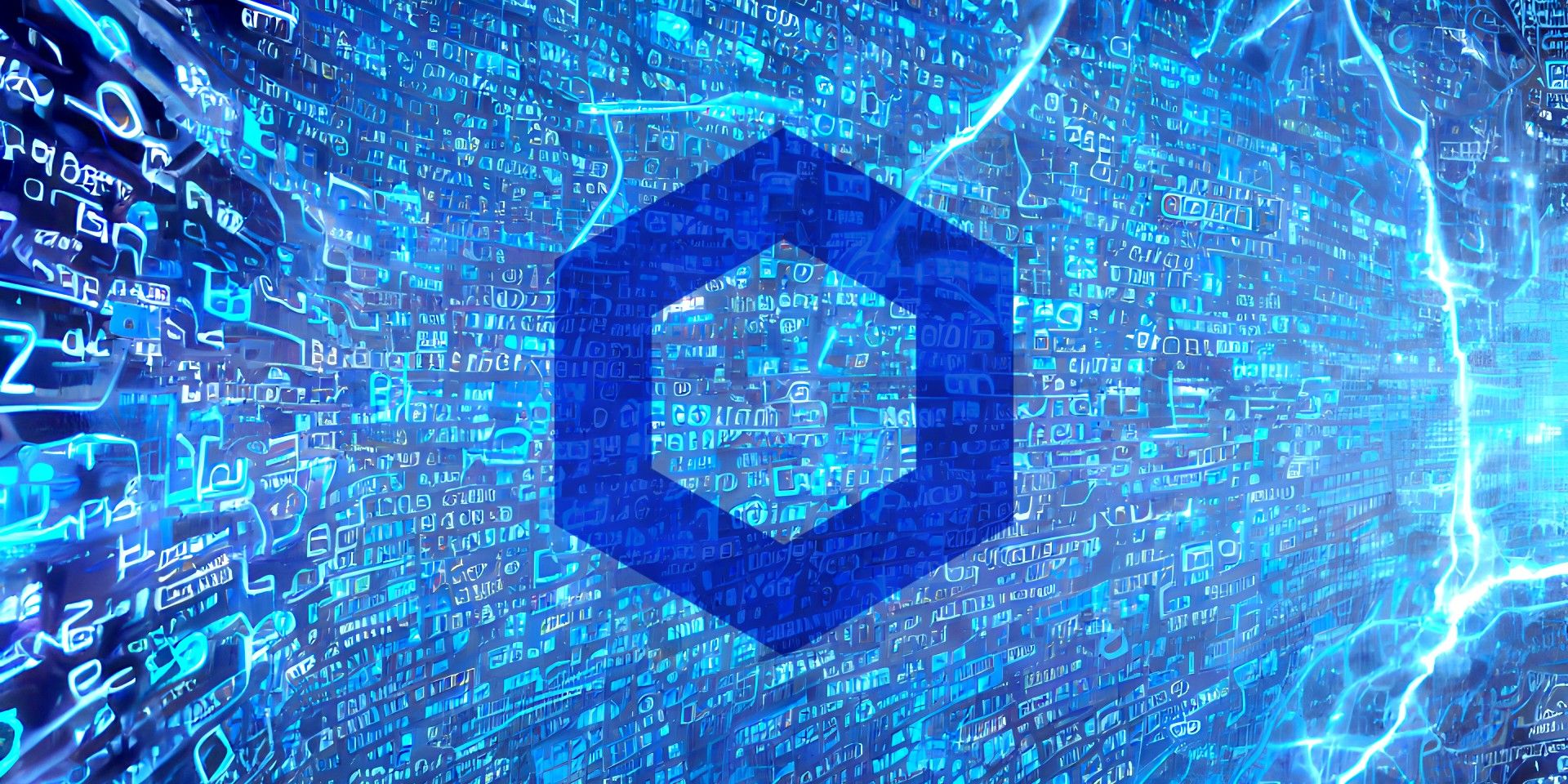Blockchain oracles are perhaps the least appreciated component of Web3its infrastructure, and without them most Web3 apps could not exist. All blockchain smart contracts are blind to the outside world and must be given data through some sort of input function. While many smart contracts can work with internal logic and do not need off-chain data, other and more advanced use cases require off-chain data to function.
Smart contracts cannot call their own functions when the conditions are met, as all functions must be called by either a crypto wallet or by another smart contract, making automated event triggers difficult to implement. Blockchains also cannot generate truly random numbers, making Web3 decentralized applications (dApps) for games and gambling impossible to create without relying on potentially biased or predictable sources of randomness.
This is where blockchain oracles save the day. As Decrypt discusses, oracles are services that provide off-chain data to on-chain smart contracts in a decentralized and objective manner, the most common of which are cryptocurrency price feeds, random number generation, and smart contract automation. Chainlink was the first oracle service to exist during the 2018 crypto bear market, and uses a decentralized network of nodes that independently deliver data streams in exchange for LINK tokens. Chainlink quickly became the backbone of decentralized finance, or DeFi, as most DeFi dApps rely on cryptocurrency price feeds and real-world data to function.
What kind of dApps depend on Oracle?
Chainlink’s Verifiable Random Function (VRF) generates fair and provably random numbers, allowing self-powered cryptocasinos to operate without a ‘edge of the house,’ and the same product also powers many Web3 Play-To-Earn (P2E) games. Thanks to VRF, cryptogambling is usually (but not always) fair to its players, and cryptogames also have reasonable odds for random number generation provided by an objective, decentralized source. DeFi borrowing and lending apps need cryptocurrency and NFT price feeds to determine when to trigger a liquidation call on a borrower, and there are many other DeFi applications that require non-crypto price feeds and event reports for their operations. Finally, Chainlink Automation provides smart contract automation for external events, which avoids the need to use a bot running on a centralized server to activate the smart contract when conditions are right.
Although operating in the background, blockchain oracles are an important component of Web3, as they allow an unbiased source of data, randomness, and automation for smart contracts. With Chainlink delivering real data to the blockchain, many new and powerful apps and dApps can be built that are otherwise impossible. Chainlink is a crucial component of many DeFi and CeFi applications, and continues to expand its Web3 product offering and influence.
Source: Decrypt


























